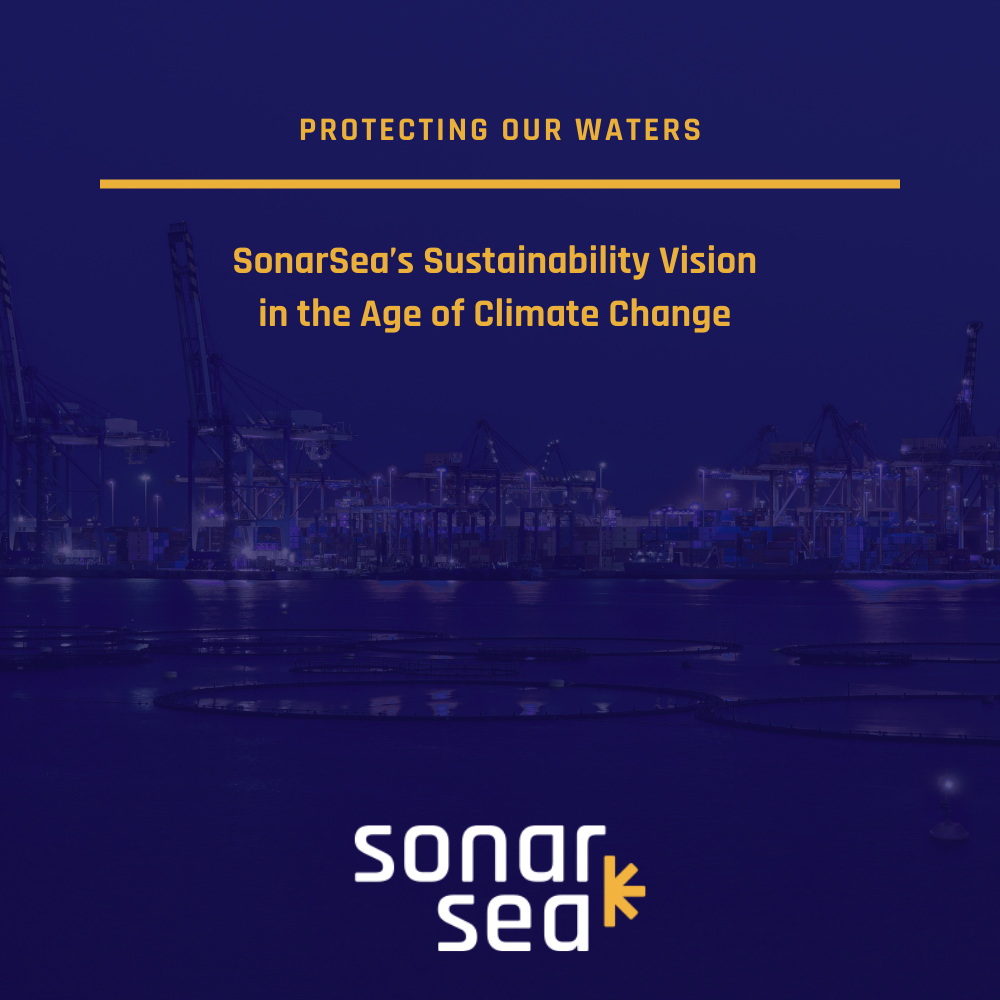
Climate change is no longer an abstract scenario of the future; it is a crisis we are experiencing today with tangible effects such as rising ocean temperatures, sea level rise, acidification, and biodiversity loss. According to the IPCC’s (Intergovernmental Panel on Climate Change) 6th Assessment Report published in 2023:
“Global surface temperature has increased faster since 1970 than in any other 50-year period in at least the last 2000 years.”
Source: IPCC AR6, 2023
The impacts of this warming threaten not only the environment but also key components of the blue economy such as fisheries, coastal tourism, transportation, and energy.
Why Do We Need Sustainable Technology?
Protecting the oceans is both an environmental and operational necessity.
Every technology used in maritime infrastructure (lanterns, buoys, power units) either contributes to nature or harms it.
Environmental risks of traditional systems:
- Grid-supported power systems → fossil fuel consumption and carbon emissions
- Oversized structures → habitat degradation
- Non-durable materials → waste generation and marine pollution
SonarSea’s Sustainability Vision
SonarSea operates with an approach that redesigns maritime technologies with environmental sensitivity. The focus is not only on performance but also on ensuring harmony with nature throughout the entire life cycle of products.
Our Key Sustainable Practices:
1. Solar-Powered Systems
- Meet electricity needs through renewable resources
- Provide maximum efficiency with smart energy management and minimal consumption
- Our solar-powered lanterns and buoys feature high energy efficiency
2. Modular & Repairable Design
- All product components are replaceable
- Prevent unnecessary waste and complete product replacements
- This approach aligns with the UN Sustainable Development Goals (SDG-12)
3. Eco-Friendly Material Selection
- Use UV-resistant, recyclable polymers
- Contain no heavy metals, harmless to marine life
- Structures that do not dissolve or release chemicals into the water
4. Reducing Carbon Footprint with Local Production
- Minimizes the need for long-distance transportation
- Ensures regional employment and supply chain control
- Local production also supports economic sustainability
What Can You Do?
Sustainability is possible not only with major investments but also through small, conscious choices. Here are a few effective steps:
|
Action |
Impact |
|
Choose solar-powered products |
Reduces carbon emissions, lowers energy costs |
|
Use IALA-compliant systems |
Reduces accident risks and unnecessary replacements |
|
Support local manufacturers |
Reduces emissions caused by logistics |
|
Prioritize marine-friendly materials |
Prevents habitat degradation |
|
Develop in-house environmental policies |
Builds a corporate sustainability culture |
Let Us Be Your Solution Partner!
You can contact us for projects that contribute to your sustainability goals.

